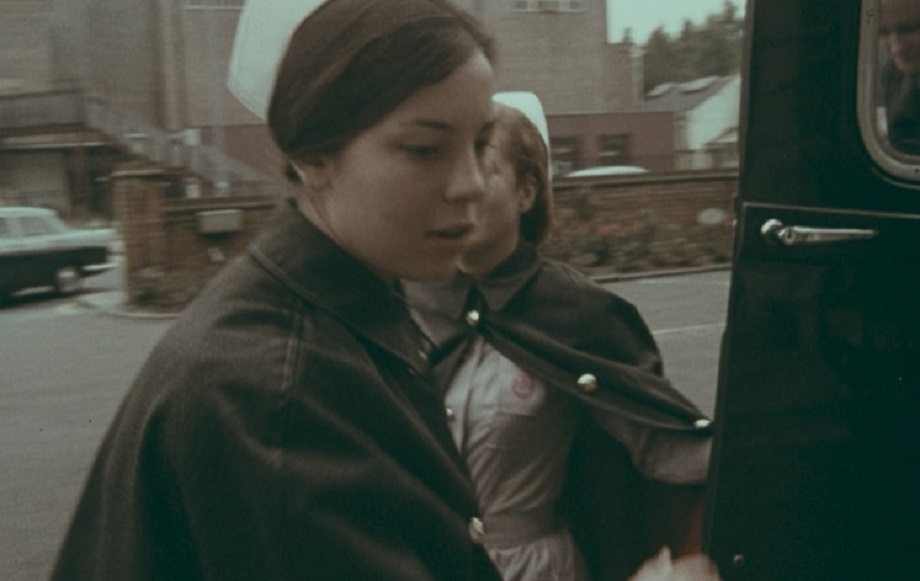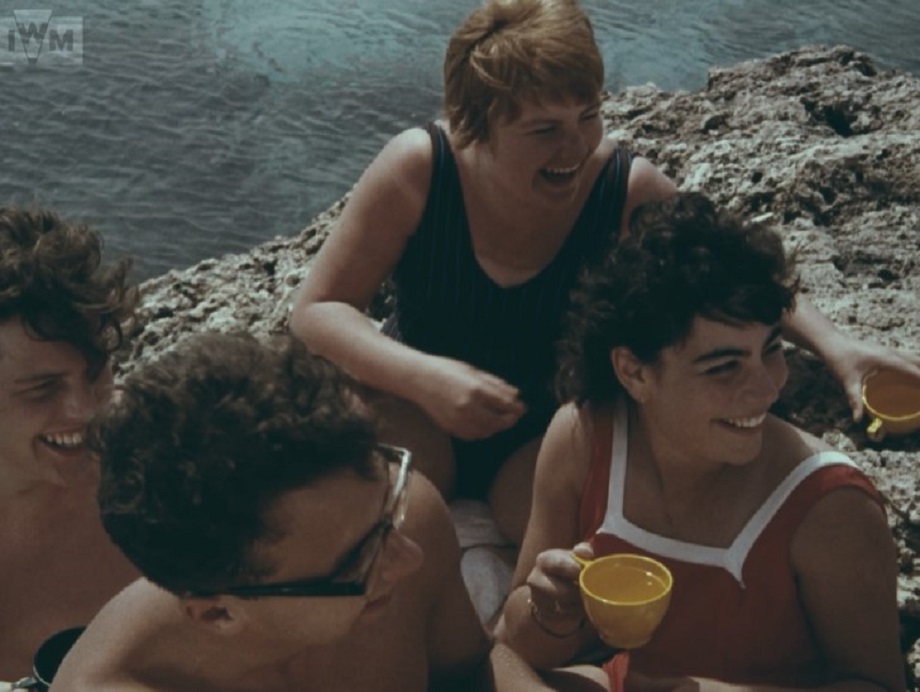COI 75: Armed Forces Recruitment Films
Travel the world and take a trip back in time with this colourful trailer highlighting rarely seen and oft-sun-soaked Central Office of Information films, newly digitised thanks to IWMs five-year preservation project Digital Futures.
A component of vibrantly distinctive parts, this trailer knits together clips, sound and music from a handful of notable COI-produced films from Imperial War Museums’ (IWM) Film and Video archive, recently digitised as part of IWM’s Digital Futures. Initiated in 2020, the five-year project will ultimately digitise 2.1 million films, photographs and sound recordings (raised from an initial 1.8 million items thanks to recent AHRC Capability for Collections equipment funding) and halt the degradation of 6.8 million items by freezing, isolating or refrigerating them.
This ambitious mass preservation initiative is digitising some of IWM’s most at-risk media from the Cold War era, and where necessary removing colour cast and correcting colour accuracy following fading – often seen in colour film produced in these decades. Restoring the footage to its original vibrancy, today’s audiences will view the film as audiences first saw it.
This latest tranche of newly digitised films enables real insights into relatively recent social history, emergent sexual politics, and military recruitment tactics of the day. Pulling together the sights, soundtracks and ‘hard-sell’ employed by four COI recruitment films, this sixty-second screening of 16mm and 35mm film footage spans the 1960s, ‘70s and ‘80s.
The films* included share a common intent - to promote the importance of nursing in the Army
With one produced for the Ministry of Defence, and another for the War Office, all four films harken back to the COI’s founding objective of nudging the public in government-approved directions via public information.
This was explored recently by IWM, the British Film Institute and The National Archives as part of collaborative project COI 75, marking 75 years in 2021 since the COI was formed. Across the four films we see differing degrees of marketing spin and promotional fantasy, all carefully woven into narrative and visuals deliberately steeped in a sense of aspiration.
Various persuasive techniques are employed by the filmmakers, assuring the viewer that life as a British Army nurse is highly rewarding for those who seek to do good, to do something different, or to journey beyond ‘gloomy old’ Britain. Through dramatization and documentary filming, with various stylistic nods to advertorials or travelogues, women from the Queen Alexandra’s Royal Army Nursing Corps and the Women’s Royal Army Corps are shown at work, in training, on exercises and off-duty in hotter climes.
Glamour is promised; from the glittering spectacle of regimental dinners in the Officer’s Mess, to the allure of an airline seat reserved for those stationed abroad. Whether an Army nurse is shown sightseeing in ancient ruins, or ‘swimming, sunbathing, acquiring a marvellous tan’, or driving around ‘dreamy officers’, or larking about on a speedboat with friends, the films tug variously at the supposed ambitions and desires of different generations of young women.
Agony Aunt and journalist Marjorie Proops OBE narrates one of the films, casting her trademark ‘cool, steady look’ at Army nursing. At times jarring and now outdated commentary, frequently referencing ‘girl soldiers’ and suggestive of stereotypes, is deeply embedded contextually in the era of the film’s production, alongside heavy hints at new-found freedom attached to overseas postings in the mid ‘60s, when ‘the kit is tropical, the weather’s warm, and the nights are long.’
One of the films teases the appeal of a well-tailored uniform, designed by the Queen’s dressmaker, Sir Norman Hartnell. Another - directed and written by award-winning filmmaker Sarah Erulkar, female pioneer of the creative industries - pitches opportunities for career progression in crisp, modern British hospitals, and the chance to march confidently through mud and pitch tents on fieldcraft exercises. The mastery of specialised skills, to save lives and to better lives, is on offer.
The four films undeniably adopt divergent approaches which will make today’s viewer pause for thought, but collectively take the viewer on a unique journey from Colchester, Chelsea and Aldershot to Cyprus, West Berlin and Hong Kong, providing insights into what the COI thought women wanted, across three decades of significant social changes in Britain and the world.
*******************************
Central Office of Information: 75 years
Shared across The National Archives and the British Film Institute’s social media platforms, as well as IWM's digital platforms, this trailer is part of this year's cross-collections collaborative project ‘COI 75’ (#COI75, #Collections United).
*Original clips and sound from © IWM (COI 369) Under the White Cross (1965), © IWM (COI 389) A Cool Steady Look at the WRAC (1965), © IWM (COI 443) Grey and Scarlet (1970), and © IWM (COI 1113) Questions and Answers (1984) are featured in this trailer and available for licensing. Music is from COI 443.
To facilitate requests for copies of films outside of the approved programme and speed up the access to specific items in our collections, IWM offers a Digitisation on Demand service.
For further information please contact us with the catalogue numbers/titles of the film(s) of interest and we will provide you with a quote.


